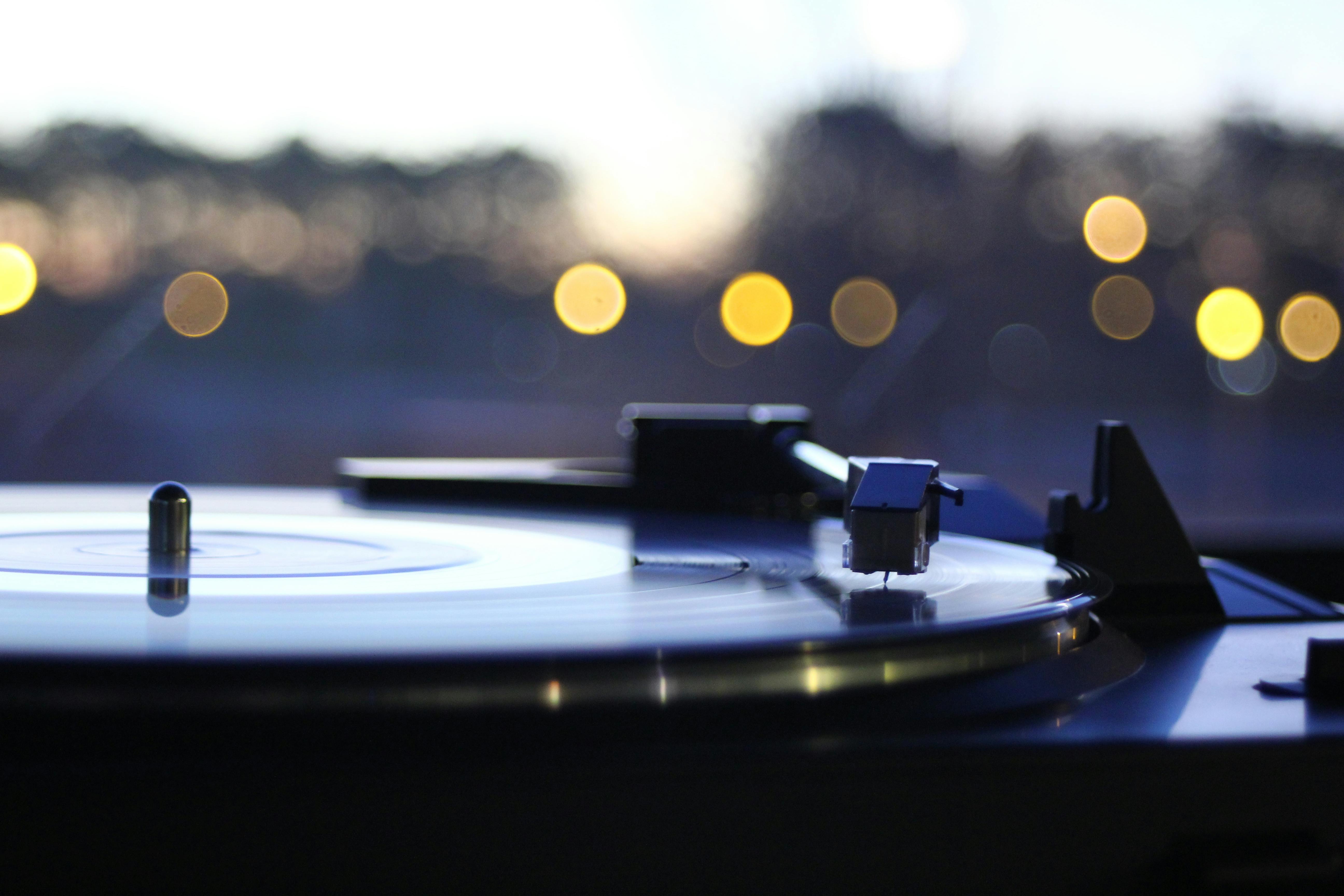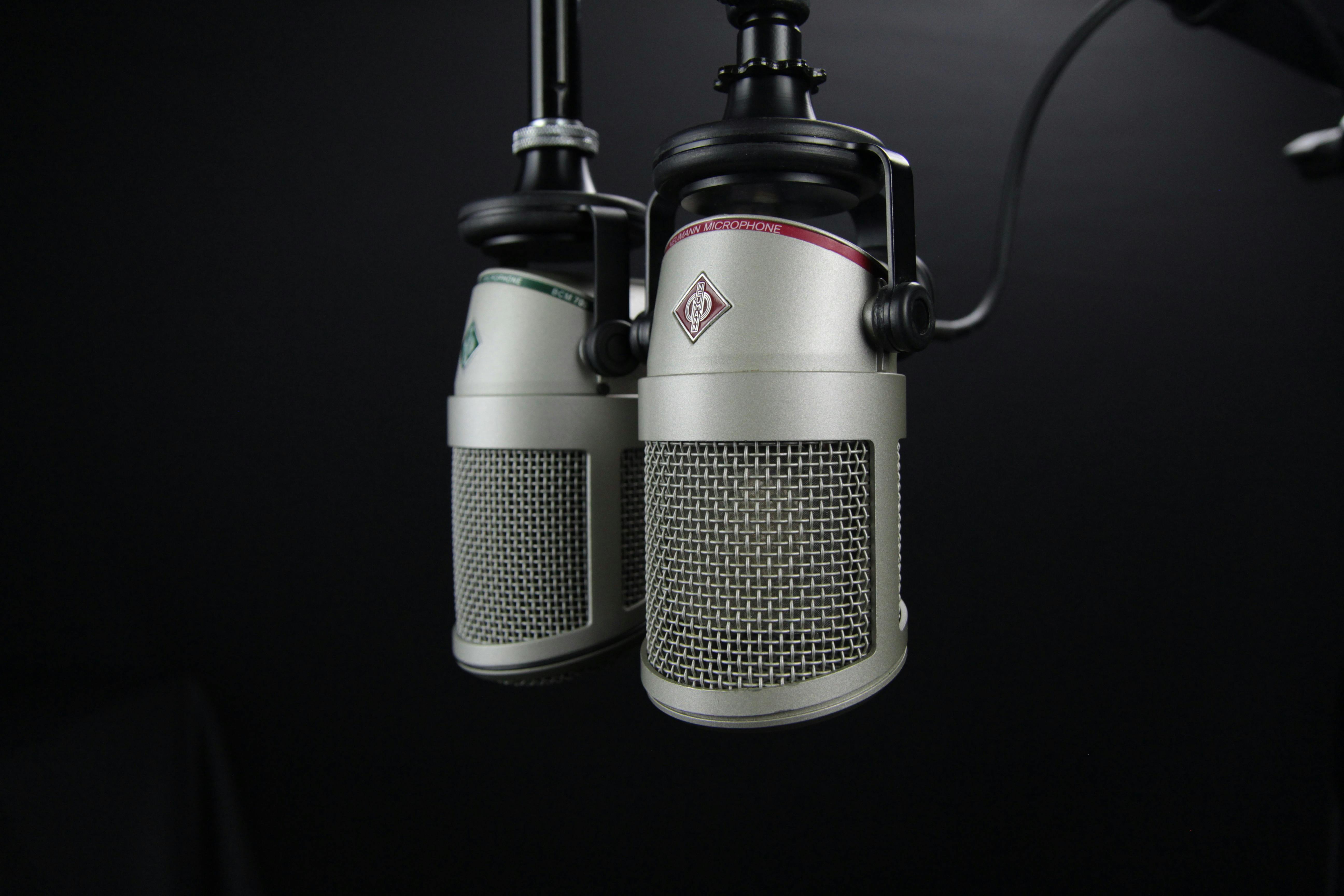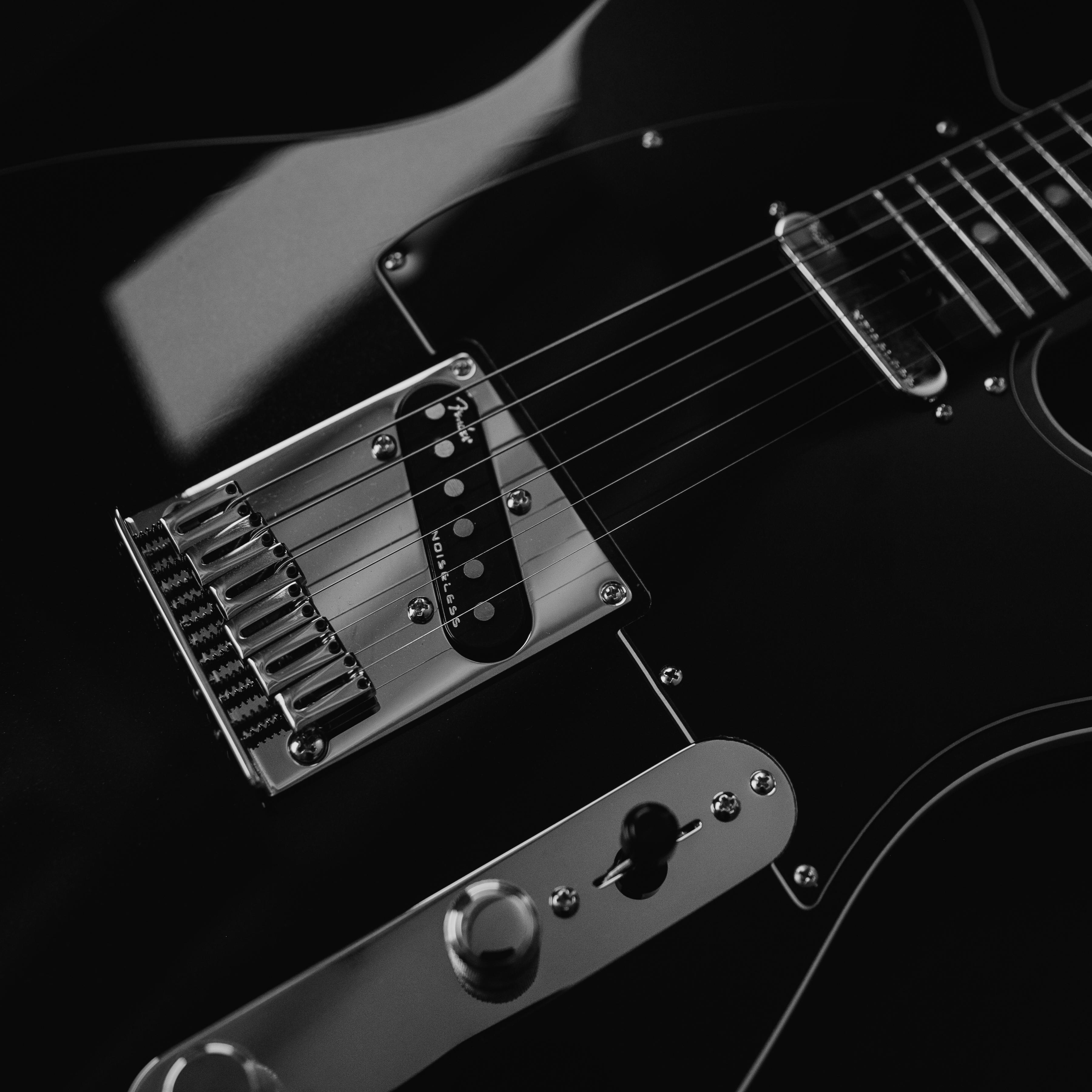AI sheet music generators are transforming the way musicians, composers, and educators create and transcribe music. Whether you're converting a melody in your head into notation or transcribing a recorded performance, AI tools make the process faster and more accurate.
In this beginner-friendly guide, we’ll walk you through how to use an AI sheet music generator step by step, so you can start creating professional-quality scores with ease.

Why Use an AI Sheet Music Generator?
Before diving into the steps, let’s look at why AI-powered notation tools are so useful:
? Saves Time – No more manual note entry; AI transcribes in seconds.
? Improves Accuracy – Reduces human errors in notation.
? Enhances Creativity – Helps generate harmonies, arrangements, and variations.
? Accessible for All Skill Levels – Great for beginners who struggle with traditional notation.
Now, let’s get started!
Step 1: Choose the Right AI Sheet Music Generator
There are many AI music notation tools available, so pick one that fits your needs:
For audio transcription: AnthemScore, Melody Scanner
For MIDI-to-sheet conversion: ScoreCloud, Flat.io
For AI-assisted composing: MuseNet, AIVA
For collaborative work: Noteflight, Soundslice
(Check out our Top 10 AI Sheet Music Generators in 2025 for detailed comparisons.)
Step 2: Input Your Music
AI sheet music generators accept different input formats:
Option 1: Upload an Audio File (MP3, WAV, etc.)
Best for transcribing existing recordings (e.g., a vocal melody or instrumental solo).
Tools like AnthemScore and Melody Scanner analyze the audio and convert it into notes.
Option 2: Play or Import MIDI
If you have a MIDI keyboard or a MIDI file, tools like ScoreCloud and Flat.io can instantly convert it into sheet music.
Option 3: Hum or Sing into a Mic
Apps like Melody Scanner allow you to sing a tune, and the AI turns it into notation.
Option 4: Start from Scratch with AI Composition
Tools like AIVA and MuseNet can generate original music based on your style preferences.
Step 3: Let the AI Process & Generate Sheet Music
Once you’ve provided your input:
The AI will analyze the pitch, rhythm, and timing.
It will generate a preliminary sheet music version.
Some tools offer real-time playback so you can verify accuracy.
Step 4: Edit & Refine the Notation
AI-generated sheet music isn’t always perfect—editing may be needed. Common adjustments include:
Correcting note durations (e.g., quarter notes vs. eighth notes).
Fixing pitch errors (misinterpreted notes).
Adjusting dynamics (adding crescendos, accents).
Changing instruments/clefs (e.g., switching from treble to bass clef).
Most AI notation tools allow manual edits directly in the interface.
Step 5: Export & Share Your Sheet Music
Once satisfied, export your sheet music in your preferred format:
PDF – For printing or sharing as a static file.
MusicXML – For importing into other notation software (e.g., Finale, Sibelius).
MIDI – For further editing in a DAW (Digital Audio Workstation).
Some platforms (like Noteflight and Flat.io) also allow cloud sharing and collaboration.
Bonus Tips for Best Results
?? Use a clean audio recording (minimize background noise for better transcription).
?? Start with simple melodies before tackling complex arrangements.
?? Experiment with AI-generated harmonies if your tool supports composition features.
?? Combine multiple tools (e.g., transcribe with AnthemScore, then refine in MuseScore).
Final Thoughts
AI sheet music generators make music notation faster and more accessible than ever. Whether you're transcribing a melody, composing a new piece, or learning an existing song, these tools can streamline your workflow.
Try one today and see how much time you can save! ??







